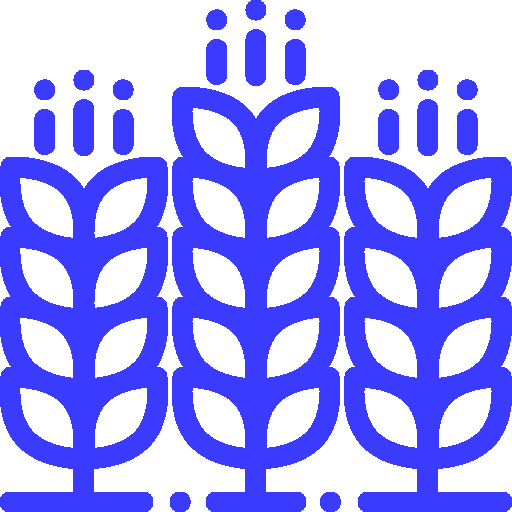Responsible Entities
- Ministerial Directive No. 18 dated July 29, 2018.
- Amend Ministerial Directive No. 18 dated July 29, 2018, concerning the executive procedures and measures for regulating the milling of subsidized wheat—Tamween, particularly the measure pertaining to the documenting and standardizing of the testing procedures used in the central labs of the Ministry of Supply and the mills).
- The percentage of acid-insoluble ash.
- Adjust the percentage of acid-insoluble ash for the 82% extraction flour from 0.15% to 0.20%. This should reduce the residue of the insoluble ash in the acid, without affecting the quality of the final product (in accordance with the Standardized Specification No. 1251/1 of 2015).
- The use of Flour No. 2 (whole wheat four).
- Expand the adding and use of Flour No. 2 (whole wheat four) in mills as it is high in nutritional value (protein, vitamins, and other nutrients).
- The instruction contained in Decree No. 46 of 2015 has spawned several problems for mills in regard to the tax accounting methods that they should use; additionally, there are variations in the tax accounting methods applied to the different type of mills.
- Promptly address all issues related to the tax accounting methods, with particular attention to Decree No. 46 of 2015. Additionally, standardize the tax accounting methods applied to mills that produce 82% extraction flour, as they are acting for the Ministry of Supply, which acquires all their products.
- The industry faces storage and transportation challenges.
Responsible Entities
Date 3/21/2019
- Stop using dirt-floored barns for storing locally produced wheat and other grains to safeguard against wheat contamination and waste.
- Exempt privately-owned vehicles, which are used for transporting the flour from mills that produce subsidized flour, from the decree that bans heavy vehicles from using the Ring Road and some other routes in governorates. This will help ensure the uninterrupted supply of flour to the productive units of the Ministry’s mills, and secure bread supplies to citizens.
Responsible Entities
Date 3/21/2019
- The imposed ban on establishing new mills that produce 72% extraction flour represents a capacity constraint.
Responsible Entities
Date 3/21/2019
- Lift the imposed ban on establishing new mills that produce 72% extraction flour, to maximize utilization of capacity that has been idle for ten years; reconsider imposing the ban if needed.
- Include the 72% extraction flour and the coarse wheat bran within the categories of products eligible for export support to encourage investment in wheat and stimulate exports in order to increase the foreign exchange resources.
- Modify the wheat quota allocated to the mills that produce the 82% extraction flour in order to ensure the availability of strategic reserves of flour. A memorandum to this effect was submitted to the Ministry of Supply on 25/7/2018 (Memo Incoming No. 9742).
Responsible Entities
Date 3/21/2019


